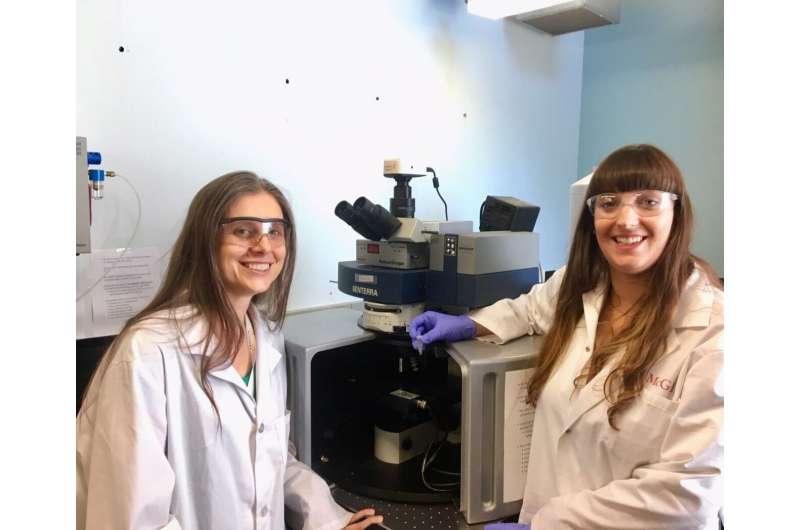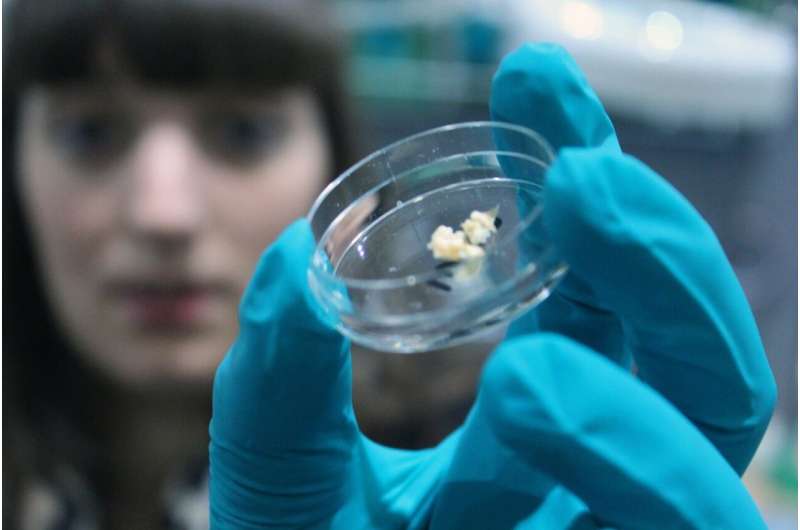Preventing heart attacks

Scientists have taken an important step towards finding a potential cure for the disease that causes strokes and heart attacks in seniors and increases the mortality rate of diabetic and chronic kidney disease patients.
Researchers from McGill University and SickKids Toronto in collaboration with Universite de Montreal developed a simplified laboratory model that mimics the formation of mineral deposits that harden arteries and leads to these devastating conditions.
They used the Canadian Light Source (CLS) at the University of Saskatchewan to understand the type of minerals that formed and how they develop on the arteries.
"The goal in developing our lab model is that it would help us understand the mineralization process. We can then mimic what happens, and use it to test hypotheses on why the minerals are forming and also test some drugs to find something that can stop it," said lead researcher Dr. Marta Cerruti.
Her six-member team is focused on the poorly understood process of how minerals form and grow on elastin, a protein on artery walls that provides the elasticity needed for blood flow to the heart, said Cerruti, an associate professor in Materials Engineering at McGill.
The hypothesis is that calcium phosphate-containing minerals form inside the walls of arteries and then calcify into a bone-like substance that narrows arteries and causes them to lose elasticity crucial for blood flow.
She said the Soft X-ray Microchacterization Beamline (SXRMB) at the CLS was integral to the research: "We couldn't have done any of the analyses of how the minerals grow and transform without the CLS. There isn't any other technique that can give us these results."

Ophelie Gourgas holds a sample used to study vascular calcification.
Four McGill students visited the synchrotron for a few days at a time over the past three years to conduct the research, said Cerruti, who is grateful to CLS for providing travel funding and staff time to help with the work.
For the project, the research team created synthetic elastin-like membranes that have physical and elastic properties similar to natural elastin, which is water insoluble and difficult to use in a laboratory setting.
The elastin-like molecules in the model mimic the most important sequences in the natural elastin, and have very similar properties to the arterial walls, said Cerruti. Researchers put the membranes in a solution that simulates human serum—with no cells, but containing the calcium, phosphates, sodium and ions in blood—and discovered that they could get minerals to form on the membranes.
"What we showed is that the way they mineralize is very similar to what we found in a previous paper we published on an in vivo (inside the body) study of how these minerals formed in mice. In the new model, the minerals form and grow very similarly to what we found in mice," she said.
Cerruti said the team has promising results that cannot be disclosed yet, but has ideas of some mineralization inhibitors that could prove effective. She hopes to use the results from the model to conduct tests on mice in about a year, but said proceeding to human testing would take about twelve years.
Research team members are: Marta Cerruti and Ophelie Gourgas (McGill University); Lisa D. Muiznieks and Simon Sharpe (University of Toronto); Dainelys Guadarrama Bello and Antonio Nanci (Universite de Montreal).
Their paper, Cross-Linked Elastin-Like Polypeptide Membrane as a Model for Medial Arterial Calcification was published in the June 21, 2019, issue of BioMacromolecules.
More information: Ophélie Gourgas et al. Cross-Linked Elastin-like Polypeptide Membranes as a Model for Medial Arterial Calcification, Biomacromolecules (2019). DOI: 10.1021/acs.biomac.9b00417




















